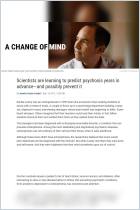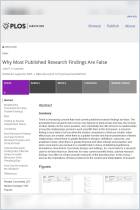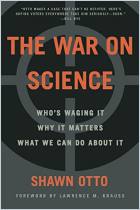Join getAbstract to access the summary!

Join getAbstract to access the summary!
Manon Bruininga, Kai Kupferschmidt, Jennifer Couzin-Frankel, Martin Enserink, Jop de Vrieze and Erik Stokstad
Research on Research
Science, 2018
What's inside?
Editors urge scientists toward objectivity and transparency, by standardizing basic research techniques.
Recommendation
Medical journals were first to sound the alarm about the substandard quality of scientific studies they were asked to publish. With billions of corporate dollars and reputations at stake, many journals are demanding more accountability, objectivity and standardized data collection methods. This special feature section of Science explores why inept or dishonest research is a critical life-or-death issue, and how publications are working with researchers to solve it. It’s a must-read for anyone involved with scientific research, particularly those interested in medical journals.
Summary
About the Authors
Martin Enserink is international news editor for Science. Jennifer Couzin-Frankel is a Science staff writer. Jop de Vrieze is a science writer in Amsterdam. Erik Stokstad is a reporter at Science. Kai Kupferschmidt is a contributing correspondent for Science based in Berlin, Germany.























Comment on this summary